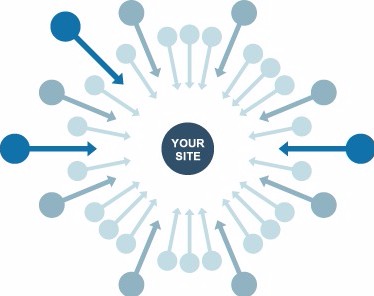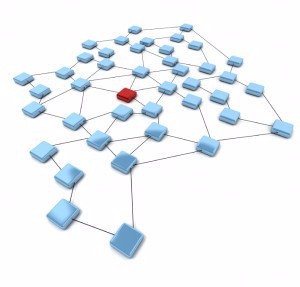How To Boost Your SEO Performance With Internal Links – Tips From Semalt

Thousands of websites exist, and much more are created on a daily basis. Competition for an online presence is stiff. To have a cutting edge over your competitors, you need to optimize your site through on-site SEO. One of the most important elements of on-site SEO is internal links. However, most people do not pay attention to it. Internal links affect how search engines discover and view your content and the user experience.
Artem Abgarian, the Senior Customer Success Manager of Semalt, has worked out the internal link strategy to break down your competitors.
How to Find an Article's Internal Links
An effective tool that you can use to gather on-site data is Screaming Frog. It has both free and paid versions. The free version is meant for smaller websites.
Crawl the Website
To begin, enter the URL of the website that you want to crawl. Depending on the hour, it can take a minute to one hour to load. Because we only need the URL, uncheck Javascript, CSS, check links, and Javascript outside the folder. Uncheck whatever you do not need under "configuration > spider".

Extra Internal Links
After the crawling is done we need to find the URL that we are researching. To make the process quick, enter the end of the URL into the search box. After you find it, click on the right URL and filter to HTML. Next, click on "in links" at the bottom of the page. You will find all the internal links in the URL that you chose.
The next step is to export the internal links. To export them, click right click on the URL and then choose "Export > Links".
Clean the Internal Link List
After extracting the internal links, the next step is to clean the list. It is possible to have duplicate URLs because of taxonomy pages and tracking parameters. Put the URLs in a Google Doc and arrange them alphabetically. The duplicate URLs will be grouped and therefore, easy to remove.
The next step is to search for special characters to remove the URLs. If you are using Mac use command+F. For Windows use control + F to remove them, you will be left with a list of internal links and other anchor texts.
Study the On-Site Optimization
With the list of internal links, you will need to decide the on-site factors that you want to review. Here are criteria to use.
- The keyword used in the URL, anchor text and title tags.
- The length of the article.
- Check if the link is on the first page.
- If the link is found in the first 100 words of the article.
- The date the article was published and if it has been updated.
Use a Google Sheet to review all the links and record the results.
How to use it depends on whether your website is new or it has been existing.

New Website
For a new website, select the target page and run it through the process discussed above. You will find all the links and how they are optimized.
Next, do a back link audit to understand the scope of work needed for the main page. Use the main page to generate content ideas. You need a paid SEMrush account to generate a keyword list. From the information that you get to build a keyword list based on your competitor's content.
Existing Website
The process is different if you have an existing website with content. From the keywords decide your cornerstone content. Next, use SEMrush to export all contacts and check if there is a page that is already ranking for your keyword. Update the page and use it.
Wrap-up
It is important to have control over your internal links. Links are used by search engines to tell the pages that you deem relevant and also to help visitors to navigate the site.